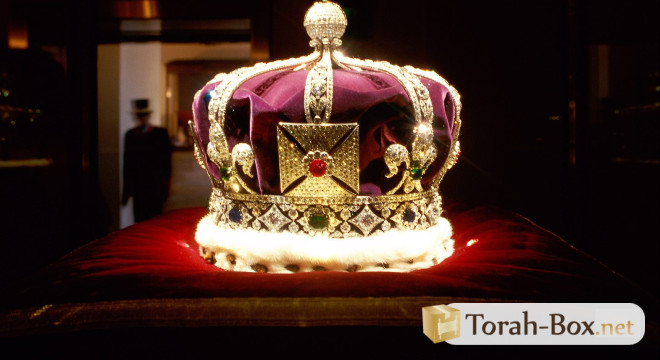
Jewish Thinking
Pirkei Avot or the Wisdom of Our Fathers
The Pirkei Avot, literally translated as the "Maxims of the Fathers", expresses the wisdom of the Fathers of the Jewish nation, namely Avraham, Yitzchak, and Yaakov. The fathers of the Jewish People are called yesharim, upright people.
In other words, not satisfied with being tzadikim (righteous) and chassidim (Godly men) to the highest degree, they were also straightforward, yesharim. The dimension of deliverance was especially manifested by Avraham Avinu when he prayed for Sodom. Although he was not commanded to rescue Sodom, he behaved exactly like an "av hamon goyim" (Bereshit 17,4 ), like the Father of many nations.
The sublime wisdom expressed in the Pirkei Avot is the ripple effect of the Avot Hakedoshim’s conduct and behavior. The Fathers of the Jewish nation are the optimal embodiment of God's foresight when he initiated the human project. Their example has left an indelible mark, not only within the closed circuit of the Jewish people but also amid universal humanity. The most prominent role model, Avraham, has been a universal reference for many Peoples and civilizations.
The parable of our Sages: "Derech eretz kadma l'Torah", best translated as "good manners antecede the Torah" (Midrash Rabbah Vayikra, Parsha 9, Piska 7) accurately conveys the message of our Avot hakedoshim and of Pirkei Avot by extension. The first teaching of Pirkei Avot is: "Moshe kibel Torah mi Sinai" (Moshe received the Torah on Sinai), stresses that the inimitable wisdom of our Fathers is not the result of a philosophical treatise written by men. It was handed down by God in the Sinaitic revelation, echoing Hashem’s revelations to Adam Harishon, Noah, Shem and up to the Avot Hakedoshim, Avraham, Yitzchak and Yaakov, as Rav Shach zatsal explains.
There is a clear reason for reading Pirkei Avot at the synagogue between Passover and Shavuot. It is known that while the Bnei Israel were still in Egypt, Hashem set a condition to Moshe: "When you go out of Egypt, you will serve God on this mountain" (Shemot 3,12). Hashem's intention was that the Jews serve Him for the entire fifty days between Pesach and Shavuot.
Throughout its six chapters, the Avot treatise stresses the good middot (character traits) that man must acquire; and vice versa, the bad middot that he must move away from.
Thus, before the time of receiving the Torah, each one of us must strive to fulfill the sacred obligation of fixing our souls and acquire good middot, while moving away from bad midot as much as possible; so we may purify ourselves before receiving the Torah on Shavuot.
And if some claim that the Torah was given in the year 2448 and that we have now reached the year 5774, then, they must consult Rav Dessler. The latter explains in Michtav Mi Eliyahu, that time is like a closed circuit; we advance and return to the same points of reference once a year: Pesach, Shavuot, Sukkot, etc.
This means that once a year, we are engulfed by the same influences as those that descended upon the world during the initial original (blueprint) event. In which case, this means that we can, if we wish to, receive the Torah with the same keenness as our ancestors.
Torah-Box.net Account
To access the entire Torah-Box.net website, sign up for free in less than a minute.
Weekly Parsha
 Candle Lighting - New York
Candle Lighting - New York
Friday January 9th, 2026 at 16:28 *Shabbat ends at 17:33 *
change my location
* Times given as an indication, check the times of your community











